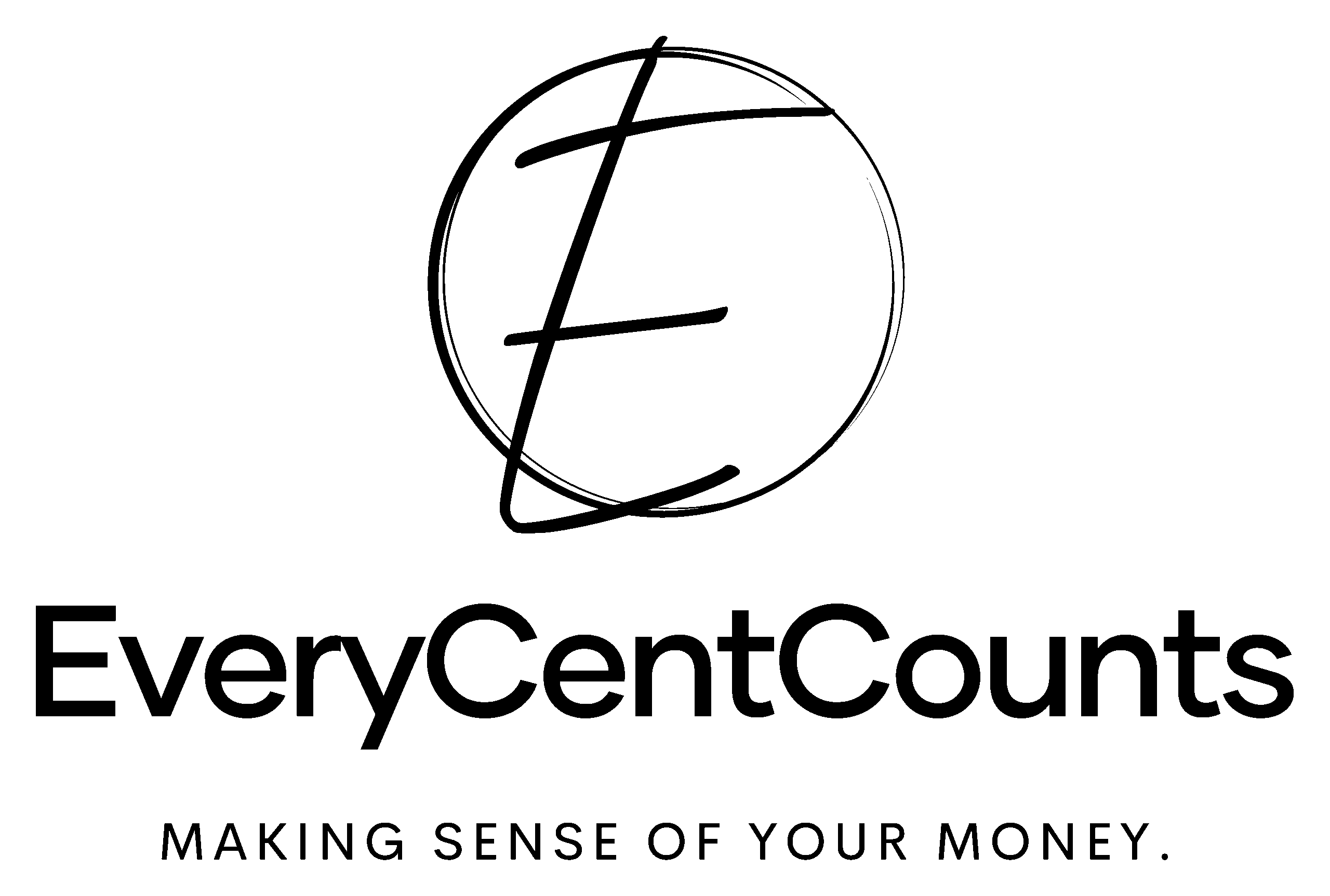Navigating Medicare enrollment and coverage can be a complex process, but understanding the key aspects can help you make informed decisions about your healthcare. Whether you’re turning 65 or exploring options for supplemental coverage, this guide provides essential information to help you navigate Medicare in 2025.
1. Enrollment Periods
You have a 7-month Initial Enrollment Period (IEP) that starts three months before your 65th birthday, includes your birthday month, and ends three months after. Missing this window could lead to penalties.
2. Medicare Parts
- Part A (Hospital Insurance): Usually premium-free if you or your spouse worked and paid Medicare taxes for at least 10 years.
- Part B (Medical Insurance): Comes with a monthly premium of $185 in 2025. If you delay enrollment without qualifying for a Special Enrollment Period, you may face a lifelong penalty.
- Part C (Medicare Advantage): Medicare Part C, also known as Medicare Advantage, is an alternative to Original Medicare. These plans are offered by private insurance companies and include all the benefits of Part A and Part B. Many Medicare Advantage plans also include additional benefits, such as prescription drug coverage, vision, dental, and hearing services. These plans often operate within networks, so you may need to use specific healthcare providers.
- Part D (Prescription Drug Coverage): Consider this if you need medication coverage. Late enrollment can also result in penalties.
3. How Part B Premiums Are Charged
- If you are already receiving Social Security or Railroad Retirement Board (RRB) benefits when you enroll in Medicare, your Part B premium is automatically deducted from your monthly benefit payment.
- If you are not receiving these benefits, Medicare will bill you directly. You can choose to pay your premiums quarterly or set up an electronic payment option for convenience.
- Higher-income individuals may pay an Income-Related Monthly Adjustment Amount (IRMAA) in addition to the standard premium.
4. Current Health Coverage
- If you’re still working and have employer-sponsored health insurance, you might be able to delay Part B without penalties. Check with your employer to see how Medicare coordinates with your current plan.
- If you have retiree coverage, confirm how it works with Medicare to avoid losing benefits.
5. Costs
Understand the premiums, deductibles, and out-of-pocket costs for each part of Medicare.
6. Automatic Enrollment
If you’re already receiving Social Security benefits, you’ll be automatically enrolled in Part A and Part B. Otherwise, you’ll need to sign up manually.
7. Supplemental Coverage
Explore Medigap plans or Medicare Advantage plans to cover costs not included in Original Medicare.
8. Speaking with a Certified Insurance Agent
It’s highly recommended to consult with a licensed and certified insurance agent who specializes in Medicare Advantage plans and supplemental plans. These agents can provide an overview of the plans offered by different carriers, explain the benefits and costs, and help you make informed decisions based on your healthcare needs and budget. They can also clarify any confusing terms and ensure you select the most suitable plan for your situation.
9. Special Situations
If you have other types of insurance, like Medicaid or Marketplace coverage, the rules for Medicare enrollment may vary.
Understanding Medicare is crucial for ensuring you receive the healthcare coverage you need. By familiarizing yourself with enrollment periods, coverage options, and costs, you can make informed decisions that align with your healthcare needs and financial situation. Don’t hesitate to seek guidance from certified insurance agents or Medicare resources to ensure you choose the best plan for your circumstances.

